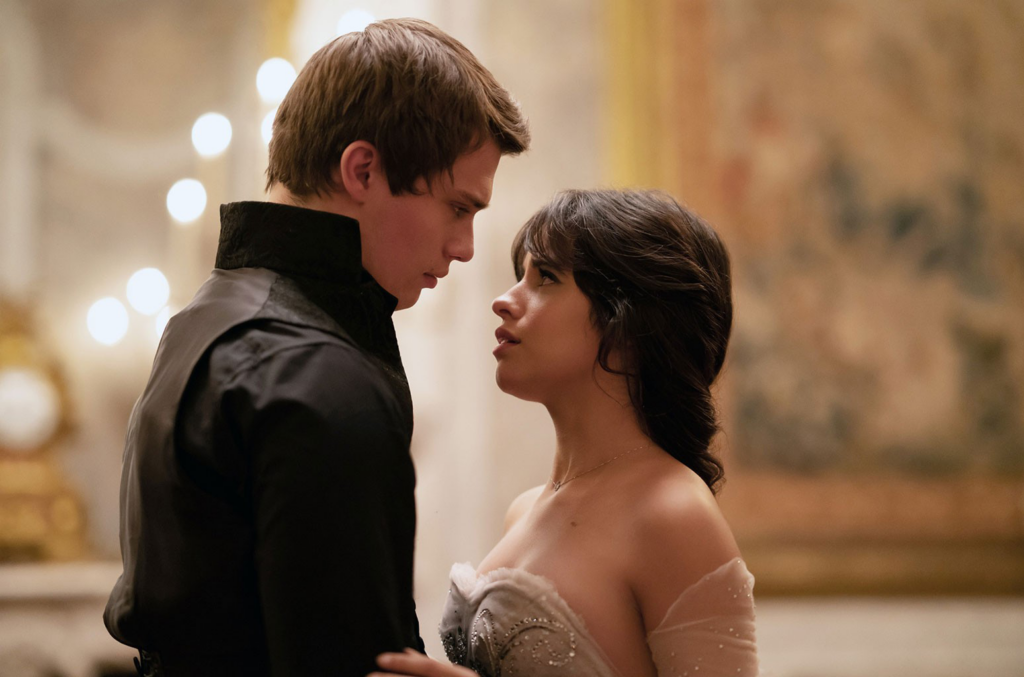★★★★☆
Christopher Nolan’s time-bending, espionage-tinged thriller “Tenet,” the latest in the renowned director’s filmography, is a visually arresting and conceptually ambitious spectacle that makes for a thoroughly enjoyable, albeit slightly convoluted experience.
The film centers around two secret agents, played by John David Washington and Robert Pattinson, who, in short, use “time inversion” to prevent World War III, not unlike the way dream technology is used in “Inception.” While summarizing the movie in such brief terms is admittedly vague, the complicated nature of the plot makes any further description risky in terms of spoiling. Spoilers aside, the film contains all of the hallmarks of Nolan’s work: huge, complicated set pieces (ranging from Washington and Pattinson reverse-bungee jumping onto the roof of a skyscraper to the blowing up of a 747 airplane), IMAX-tailored cinematography and even an appearance from acclaimed British actor Michael Caine.
Nolan has always had a proclivity for not only orchestrating complex and intelligent set pieces, but for capturing their surrounding locations in a visually stunning manner as well. This time around, the grand landscape shots of skyscrapers juxtaposed against the night sky are as captivating as ever, and the scenes shot against beautiful Italian vistas contribute to an undeniably Bond-inspired atmosphere. Moreover, the film’s sonic presence elevates its atmosphere to a degree not many directors can easily achieve, thanks to its bass-centric mixing and masterful score.
At the helm of Tenet’s score is not frequent Nolan collaborator Hans Zimmer but instead relative newcomer Ludwig Göransson, known primarily for his work composing the soundtrack to 2018’s “Black Panther,” as well as his long-time association with rapper Childish Gambino. Electric and industrial, Göransson’s score feels like a constant rush of adrenaline, bringing the story to life and injecting it with momentum. As bass-heavy drums palpitate endlessly and synths frantically glitch and distort, the score works to effectively underline the hectic and unorthodox world of “Tenet” itself.

Cast as the ambiguously named “Protagonist” is John David Washington, son of famed actor Denzel Washington, who delivers a solid, though at times somewhat rigid, performance. Easily the shining performance of this movie, however, is Robert Pattinson as Neil. Pattinson approaches the affable British side character with charm and reserve, and resultantly, the relationship between his character and the Protagonist is the most compelling one the film has to offer. Kenneth Branagh also delivers an at times frightening performance as maniacal villain Andrei Sator, an overbearing arms dealer and abusive husband.
The film’s dialogue is a mixed bag. At times, Washington’s exchanges with others can feel choppy, but at other times this choppiness feels intentional, lending itself to a certain rhythm that, while unconventional, is effective in its own right. This type of dialogue works for approaching the movie’s lofty themes of loss, betrayal and the passage and reversal of time.
At the heart of this movie and of much of Nolan’s work, though, is time itself. There exists an obvious through line that runs between the non-chronological storytelling in his previous films like “Memento,” “Inception” and “Dunkirk” and the temporal plot in “Tenet.”
At times, however, it feels like the time-bending intrigue in “Tenet” is more of a gimmick than a genuine vehicle for storytelling or character development. Unlike in “Memento” or “Inception,” the time-travelling twist doesn’t translate to a greater exploration of loss or a search for identity. In fact, it’s in this department “Tenet” suffers the most; while the plot is interesting and Nolan does a fantastic job of putting the building blocks of the story in place early on before knocking the entire house down in the film’s third act, the oftentimes confusing use of time in “Tenet” feels like little more than a means of spicing up Nolan’s take on the spy genre.
Perhaps there does not need to be a greater purpose behind the confusion, though. The film’s use of time, though certainly puzzling, is for the most part well done. Subtle story elements like waves in the ocean rippling backwards or birds flying in reverse do a great job of physical world building, and Nolan’s detailed rules about how “time inversion” works are convincing enough to believe the concept is real. Just because these temporal elements do not necessarily translate to something larger does not mean they lack value.
“Don’t try to understand it,” a scientist explains to The Protagonist, “feel it.” The line serves as an in-movie explanation of the concept of “inversion,” but doubles as a word of advice to the audience as well. Ultimately, “Tenet” is a visual and aural triumph as well as an exceedingly well-executed twist on the spy genre and will leave the viewer feeling satisfied, if not somewhat confused about what they just witnessed.





















